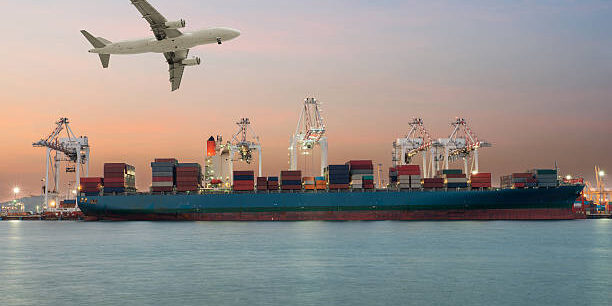In today’s global supply chains, the decision to use air or ocean freight involves much more than just comparing shipping costs. Forward-thinking companies are now integrating inventory carrying costs and long-term investment data into their transportation strategies to make smarter, more efficient choices. This approach not only drives cost-effectiveness but also enhances overall supply chain performance.
Air freight, known for its speed, ensures faster delivery times, making it ideal for high-demand or time-sensitive goods. Ocean freight, on the other hand, provides a more cost-efficient solution for bulk shipments, though it may require larger inventory investments due to longer transit times. By factoring in both transportation costs and inventory management needs, companies can achieve the right balance, leading to optimized supply chains that meet customer demands while controlling costs.
A well-planned mixed-mode transport strategy—utilizing both air and ocean freight—has proven to be a successful approach for many businesses. This flexible model allows companies to choose the most effective method based on the product line, geographic demand, and inventory goals. As global markets continue to expand, adopting a strategic freight approach not only boosts operational efficiency but also strengthens a company’s position in international trade.
Incorporating such holistic strategies into transportation decisions helps ensure smoother, more responsive supply chains, paving the way for sustained growth in today’s fast-paced global economy.
#ICTTMNews #BreakingNews #SupplyChainNews #LogisticsSolutions #FreightOptimization #GlobalTradeUpdate #NewsUpdate







